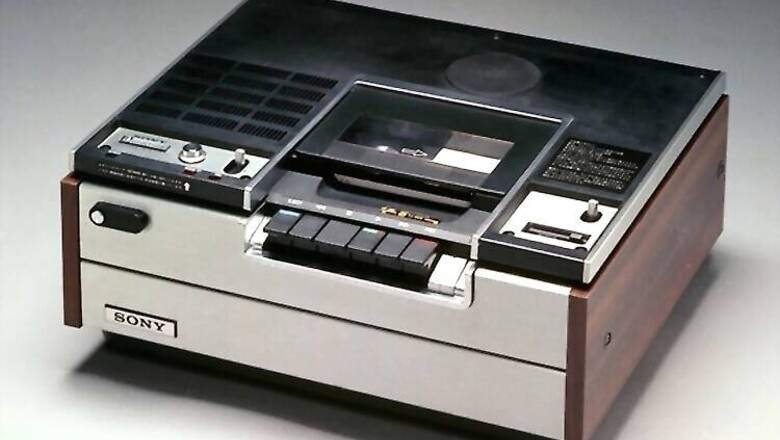
views
Although no technology is a failure in the first place, but time and again, there have been tech innovations that made a grand entry into the market, but turned out duds in no time. From Google Glass to digital diaries, here is a list of tech products which appeared to be profit bubbles, quick at gaining interest but burst with equal velocity.
1. Google Glass

One of the most hyped of all the innovations in recent times, these Internet-connected glasses first raised major interest for its unique concept but shortly after raised in numerous safety and privacy concerns. The $1500 Google Glass comprises a monitor that rests on one side of the glass and is capable of capturing images and videos, displaying news updates, social media feed, directions, and what not. The only concern- what is projected is ‘only’ visible to the wearer. Introduced in 2012, this head-mounted wearable product is unlikely to see the light of the day in the consumer market.
2. Amazon Fire Phone
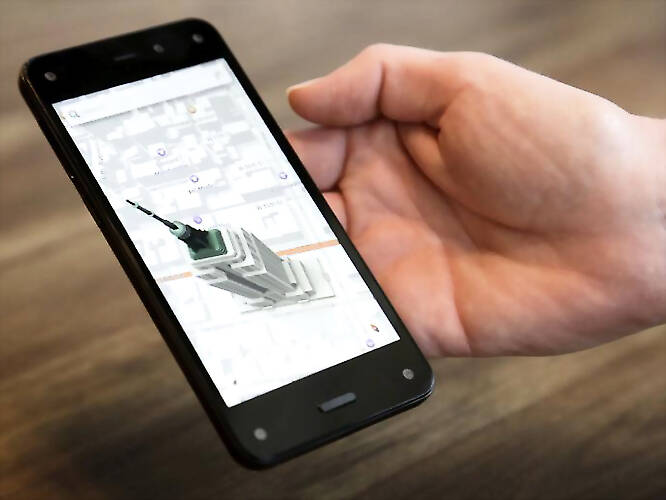
Amazon’s first smartphone, running Fire OS, was a first-of-its-kind innovation by the e-commerce giant. One of the highlights of the smartphone was the Dynamic Perspective feature that tracked user’s movements to adjust the UI in a way that it gave an impression of a 3D screen. While the company’s plans were ambitious in a market dominated with Android and iOS, the Fire phone failed to garner public interest.
3. Sony Tablet P

Introduced in 2012, the Sony Tablet P was a dual-screen pencil box style smartphone that aimed to provide mobility, but
instead fell flat on its face. Overpriced, unflattering in appearance, and with battery woes, the Tablet P served no purpose other than being an extremely flawed product coming from Sony. A sure shot failure.
4.IBM PC jr
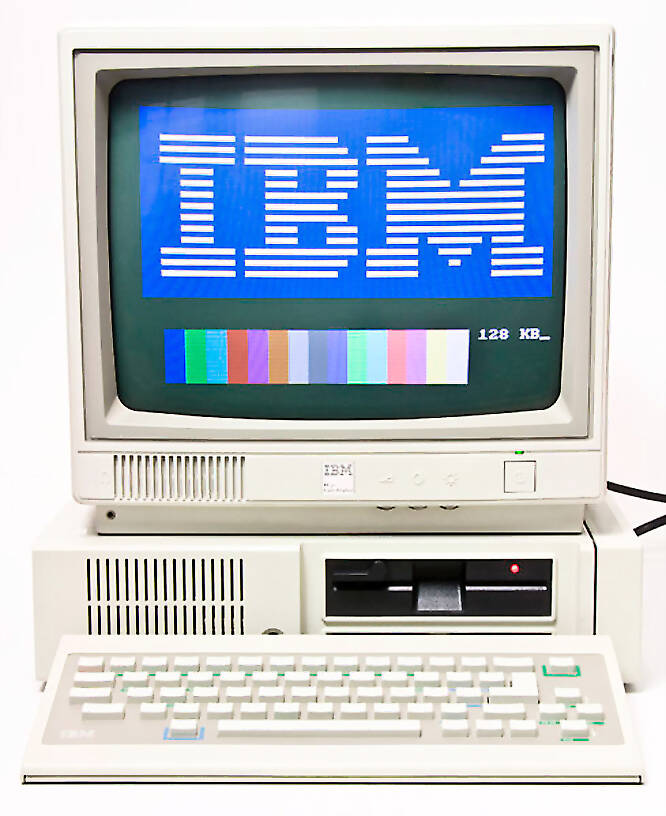
The IBM PC jr was introduced in 1983 and was the company’s first attempt to enter the home computer market. While it boasted of features which many computers in those times did not have, it was not compatible with the rest of the IBM PC family. Its hefty price tag of $1,269 with 128 KB memory and without monitor also contributed to its commercial failure.
5. Apple Lisa
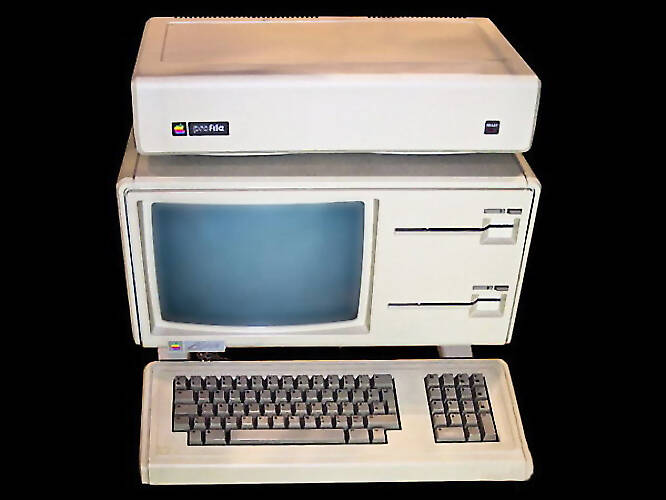
The first commercial product to include in it Graphic User Interface, Apple Lisa (Local Integrated Software Architecture), that actually let you point-and-click at tiny pictures on the screen with the mouse was actually a major dud thanks to its high price and software compatibility. Despite the fact that Apple invested four years and $50 million on the device, the company discontinued the Lisa line after two years. It was then replaced by the cheaper and faster Macintosh computers.
6. Microsoft Zune
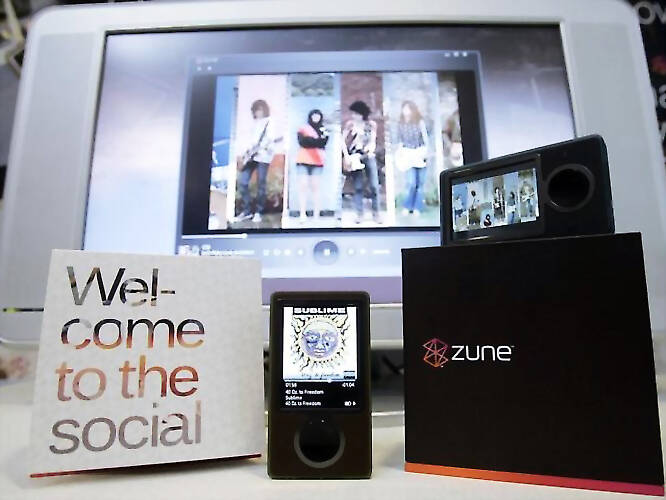
A direct rival to the revolutionary Apple iPod, the one by Microsoft never caught up with consumers. The Windows 95-based music player by the software giant was ahead of its time for its WiFi-enabled sharing features. However, once Apple introduced its iPod Touch in 2007, the Microsoft Zune faced a wipe out. The company also brought Zune 2, which was faced with similar fate given the fact that Apple had made public touch-based music players and Zune 2 was not keeping with the trend. A Zune HD followed in 2009. Eventually in 2011, Zune music players were put to rest.
7. Betamax
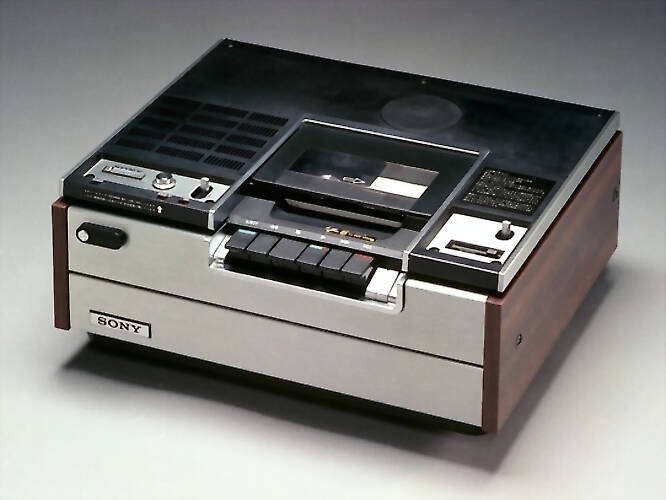
Today, we have in-built video recorders in our set-top boxes which can record shows for hours at end. However, back in 1975, Sony’s Betamax was the first home video recorder available and made headlines for allowing consumers to record their favourite shows, albeit for a limited time. Soon after JVC launched its VHS format that offered more storage on its lighter device at a lower price and Sony’s Betamax became obsolete.
8. Digital diaries

Produced in the mid-1990s, digital diaries or electronic organisers were calculator-sized computers that included features like address book, calendar, alarm, to-do list, memo, calculator, world time, and currency convertor. With the advent of smartphones in the 2000s that offered more features, digital diaries headed the exit gate to never return.
9.MSN Direct Smart Watches
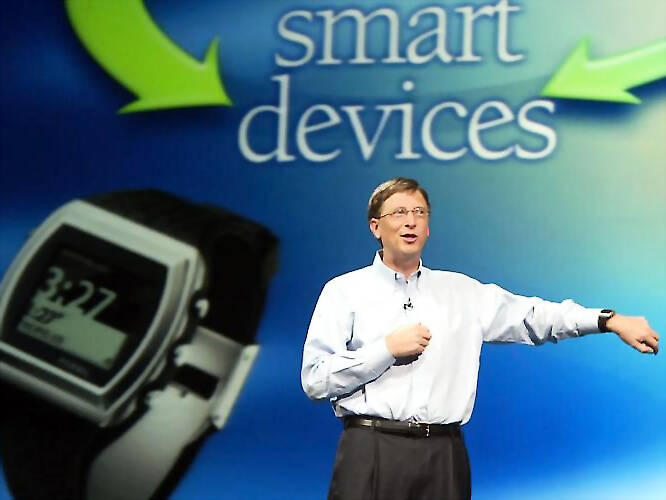
Way, way ahead of its time, the MSN Direct smartwatches could possibly be touted as the first smartwatches ever made available. These wearable, based on Microsoft’s SPOT (Smart Personal Objects Technology) provided up to 12 different channels of information from MSN Direct including, sports, weather, news, stock tickers, etc. MSN Messenger users could also send messages to the device, too bad it did not let you reply to them. Also, Microsoft charged a $60 monthly charge to use the SPOT device.
10.Web TV
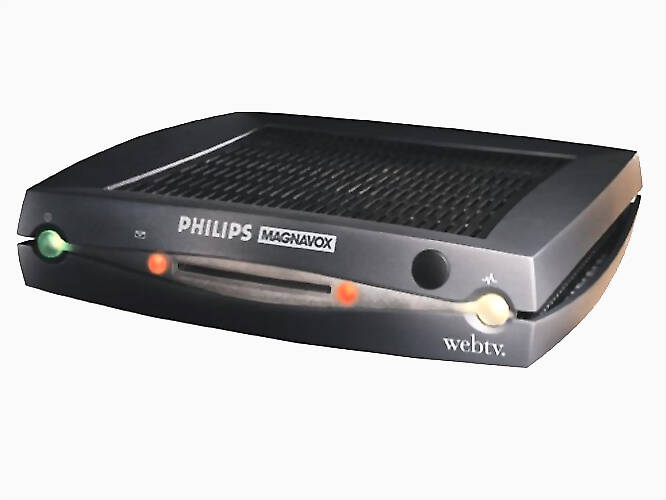
One of the first set-top box services to offer content from the Internet on the screen of a television, the WebTV started in the mid-90s (later bought by Microsoft )and offered television-based e-mail and Web browsing via wireless keyboards. In 2013, Microsoft brought the curtain down on its pioneering technology in a time when Apple was ramping up plans for its own set-top box and accessing content on the Internet was far easier than what WebTV offered.


















Comments
0 comment